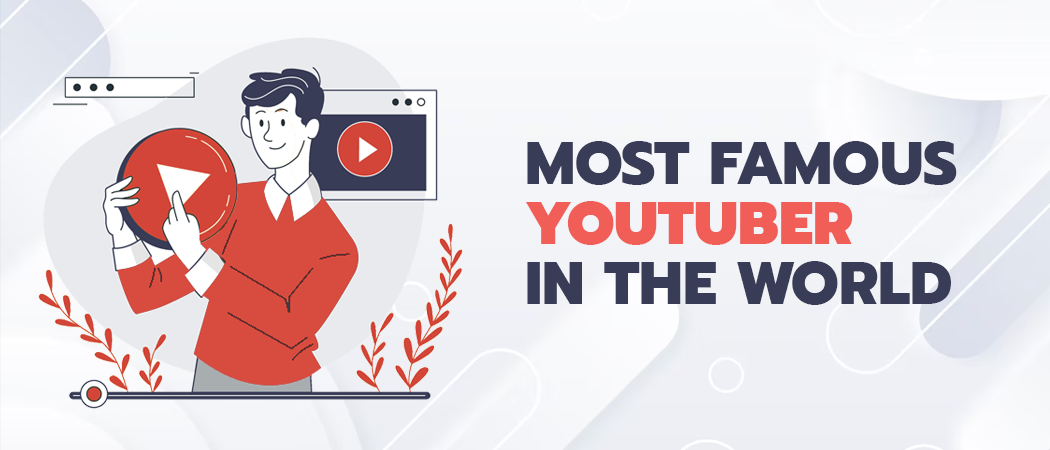What is Influencer Marketing?
Unveiling the Influencer Marketing Trends 2023
- 1. Micro Influencers on the rise : While macro-influencers still hold their influence, there is a growing emphasis on micro-influencers with smaller but highly engaged audiences. Brands recognize the authenticity and niche expertise micro-influencers bring, allowing for more targeted and relatable campaigns.
- 2. Long-Term Policy : Brands are shifting towards building long-term partnerships with influencers rather than one-off collaborations. Establishing ongoing relationships fosters authenticity, trust, and deeper connections with the influencer's audience, resulting in more impactful campaigns.
- 3. Diversification of Platforms : Beyond Instagram and YouTube, influencers are expanding their presence to other platforms like TikTok, Clubhouse, and Twitch. Brands are exploring these emerging platforms to reach new audiences and leverage the unique content formats they offer.
- 4. Influencers Content Co-Creation: Brands involve influencers in content creation to ensure authenticity and alignment with their audience. Co-creating content with influencers allows for a more organic integration of brand messaging while maintaining the influencer's unique voice and style.
- 5. Authenticity and Transparency : Consumers value transparency and authenticity more than ever. Brands prioritize influencers who genuinely align with their values and are transparent about partnerships. Authenticity and disclosure of sponsored content are critical to maintaining trust with the audience.
- 6. Emphasis on Performance Metrics : As influencer marketing becomes more data-driven, brands emphasise performance metrics beyond reach and engagement. Metrics such as conversions, sales, and return on investment (ROI) are becoming key indicators of campaign success.
- 7. Influencers Impact Measurement Tools : Advanced tools and technologies are emerging to accurately measure influencer campaigns' impact. Brands use sophisticated analytics platforms to track and analyse influencer performance, audience sentiment, and overall campaign effectiveness.
- 8. Purpose-Driven Influencer Marketing: Brands align with influencers championing social causes and advocating for sustainability. Purpose-driven influencer marketing promotes brand values and resonates with socially conscious consumers, forging a deeper connection with the audience.
- 9. User Generated Content (UGC) : UGC campaigns, where influencers and consumers create content featuring the brand, are gaining popularity. Encouraging consumers to participate in content creation generates authenticity, fosters brand loyalty, and extends the campaign's reach.
- 10. Influencers Regulations and Guidelines : As influencer marketing matures, regulatory bodies implement guidelines and regulations to ensure transparency and protect consumers. Brands and influencers must stay updated on these regulations to maintain compliance and build trust with their audience.
Conclusion
Influencer marketing continues to be a dynamic and ever-evolving field, and the influencer marketing trends 2023 are set to redefine how brands connect with their audiences. As brands navigate this changing landscape, platforms like Klugklug offer invaluable resources to streamline the influencer marketing process.
With Klugklug, the best influencer marketing software, brands can tap into the power of the Influencer marketing world and get an overview of influencer data analytics. The platform’s advanced search filters, in-depth influencer profiles, and data-driven analytics provide the tools to find the perfect influencers who align with brand values and resonate with the target audience.
Transparency, authenticity, and purpose-driven campaigns will be at the forefront of influencer marketing in 2023.
As influencer marketing evolves, Klugklug empowers brands to adapt to these trends, connect with influential creators, and achieve remarkable results. Embrace the influencer marketing trends 2023 with Klugklug, and position your brand for success in the ever-changing world of influencer collaborations.







